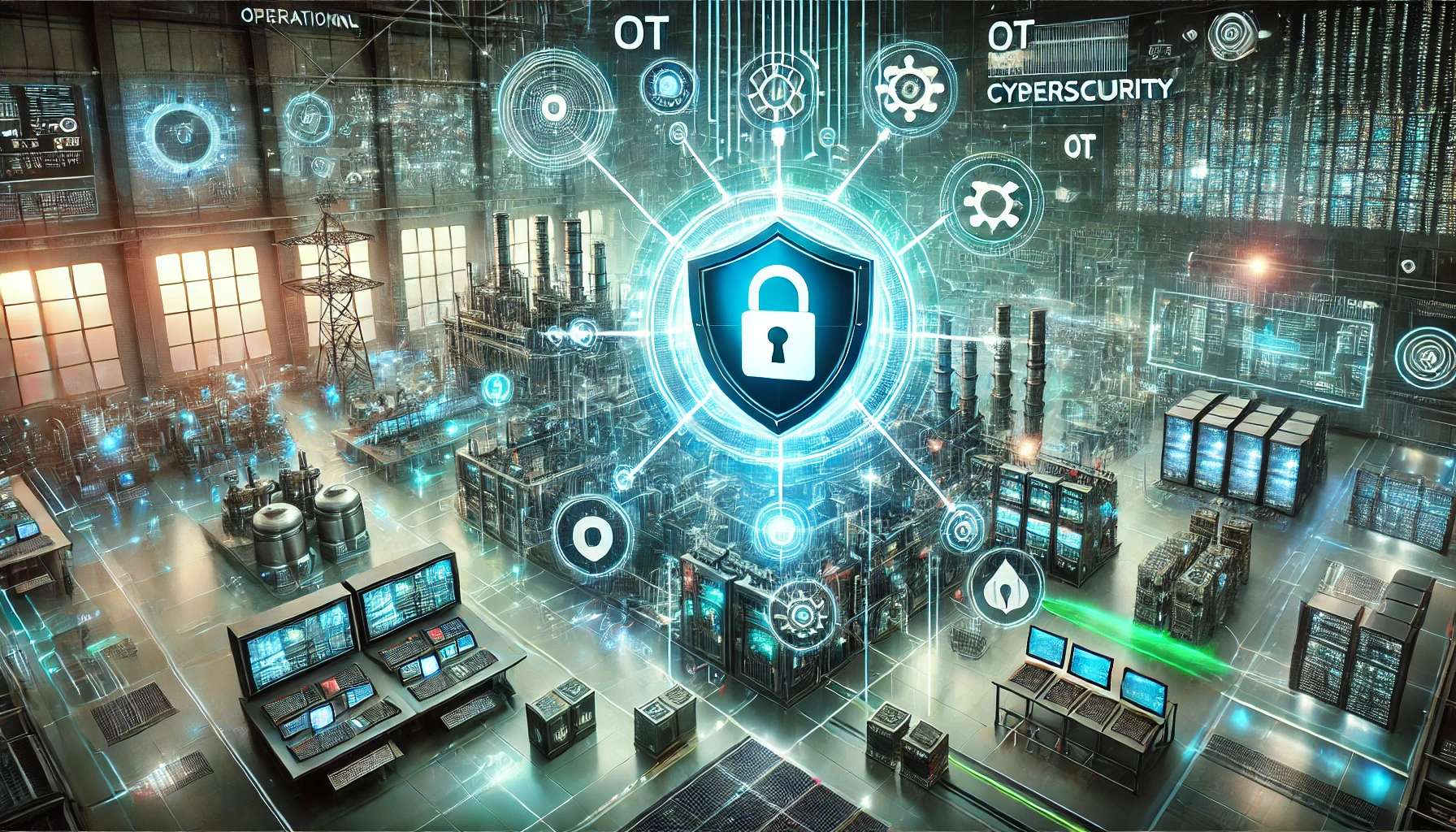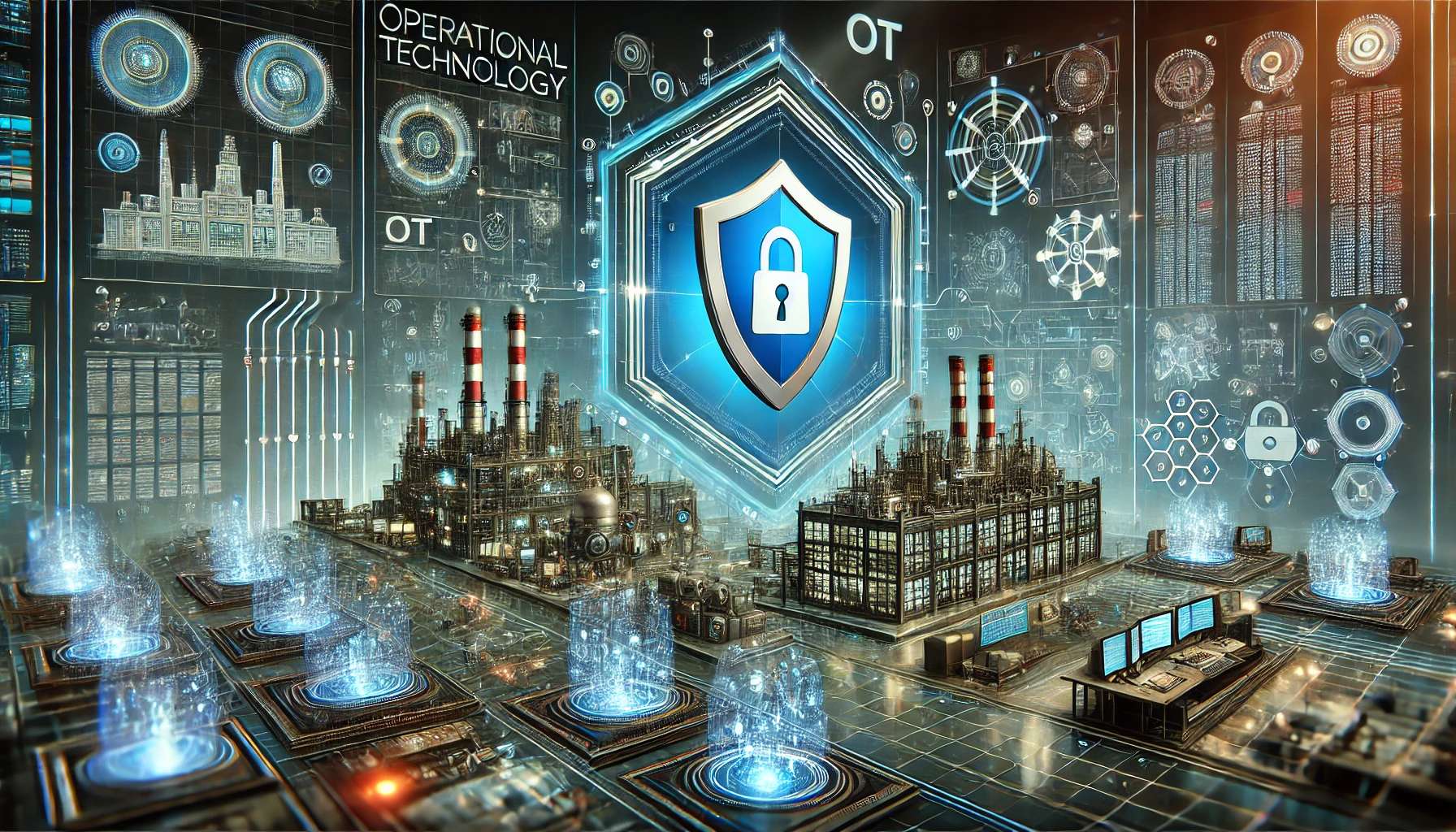Leading Solutions for Securing Critical Infrastructure
Operational Technology (OT) systems play a vital role in industries like energy, manufacturing, transportation, and utilities. These systems monitor and control physical devices and processes, making them foundational to critical infrastructure. However, the increasing convergence of OT with IT networks has exposed these systems to new cybersecurity threats.
This article will explore the top OT cybersecurity vendors, their key offerings, and trends shaping the industry. By incorporating Latent Semantic Indexing (LSI) keywords such as industrial cybersecurity, ICS/SCADA protection, and critical infrastructure security, this comprehensive guide will ensure you're well-equipped to navigate the OT cybersecurity landscape.
Table of Contents
- Introduction to OT Cybersecurity
- Challenges in OT Cybersecurity
- Key Features of OT Cybersecurity Solutions
- Top OT Cybersecurity Vendors and Their Offerings
- Fortinet
- Palo Alto Networks
- Nozomi Networks
- Dragos
- Claroty
- Tenable
- CyberX (Microsoft)
- Kaspersky Industrial CyberSecurity
- Armis
- Schneider Electric
- Emerging Trends in OT Cybersecurity
- How to Choose the Right OT Cybersecurity Vendor
- Future of OT Cybersecurity
- Conclusion
1. Introduction to OT Cybersecurity
Operational Technology encompasses systems used to control and monitor industrial processes, such as SCADA (Supervisory Control and Data Acquisition), DCS (Distributed Control Systems), and PLCs (Programmable Logic Controllers). As OT environments integrate with IT networks, they face increased exposure to cybersecurity threats.
Why OT Cybersecurity is Critical
- OT systems operate critical infrastructure like power plants, water facilities, and transportation networks.
- Cyberattacks on OT systems can lead to physical damage, operational downtime, and safety risks.
- Prominent incidents, such as the Colonial Pipeline attack, highlight the devastating potential of OT breaches.
2. Challenges in OT Cybersecurity
OT cybersecurity differs significantly from traditional IT security due to unique challenges:
- Legacy Systems: Many OT devices were designed decades ago with no security considerations.
- Minimal Downtime Tolerance: Industrial systems require near-continuous operation, making updates and patches difficult.
- Lack of Visibility: Identifying all connected assets in complex OT environments is challenging.
- Convergence with IT: Integration with IT networks increases the attack surface.
- Sophisticated Threats: Targeted attacks, such as ransomware and nation-state campaigns, are increasingly common.
3. Key Features of OT Cybersecurity Solutions
To effectively secure OT environments, cybersecurity vendors focus on the following features:
- Asset Visibility and Management
- Comprehensive identification of all OT and IoT devices in a network.
- Threat Detection and Anomaly Monitoring
- Real-time analysis of network traffic to identify suspicious activity.
- Secure Remote Access
- Ensuring secure communication for maintenance and updates.
- Compliance Management
- Tools to align with industry standards like IEC 62443, NIST, and NERC CIP.
- Incident Response and Recovery
- Advanced capabilities to mitigate attacks and restore operations.
4. Top OT Cybersecurity Vendors and Their Offerings
Below is a detailed overview of the leading OT cybersecurity vendors, highlighting their key products and capabilities:
1. Fortinet
- Focus: Comprehensive network security for IT/OT environments.
- Key Offerings:
- FortiGate NGFW (Next-Generation Firewall): Protects OT networks from external and internal threats.
- FortiNAC (Network Access Control): Ensures only authorized devices access the network.
- FortiSIEM: Centralized visibility and event management for IT and OT.
- Strengths:
- Strong integration capabilities with existing systems.
- Scalable solutions for large enterprises.
2. Palo Alto Networks
- Focus: Advanced threat prevention for IT and OT convergence.
- Key Offerings:
- Prisma Cloud: Secure industrial IoT and OT assets.
- Cortex XDR: Comprehensive threat detection and response.
- Strengths:
- Machine learning-based threat detection.
- Industry-leading expertise in managing hybrid IT/OT environments.
3. Nozomi Networks
- Focus: Visibility and threat detection in industrial control systems (ICS).
- Key Offerings:
- Guardian: Asset visibility and real-time network monitoring.
- Vantage: Cloud-based solution for scalable OT security.
- Strengths:
- Deep specialization in ICS/SCADA environments.
- Exceptional real-time monitoring and risk management capabilities.
4. Dragos
- Focus: Industrial cybersecurity with a strong emphasis on threat hunting.
- Key Offerings:
- Dragos Platform: OT-specific threat intelligence and asset management.
- Incident response services for industrial environments.
- Strengths:
- Comprehensive threat intelligence tailored to OT systems.
- Strong incident response expertise.
5. Claroty
- Focus: Security for OT, IoT, and IIoT environments.
- Key Offerings:
- Continuous Threat Detection (CTD): Monitors network traffic and identifies vulnerabilities.
- Secure Remote Access (SRA): Provides controlled access for remote operations.
- Strengths:
- Exceptional visibility into OT networks.
- Robust integration with existing enterprise systems.
6. Tenable
- Focus: Vulnerability management for OT systems.
- Key Offerings:
- Tenable.ot: Asset discovery, vulnerability assessment, and compliance.
- Strengths:
- Comprehensive coverage of both IT and OT vulnerabilities.
- User-friendly dashboard for risk management.
7. CyberX (Microsoft)
- Focus: Protecting industrial networks through continuous monitoring.
- Key Offerings:
- Microsoft Defender for IoT: Integrated OT/IoT threat detection and response.
- Strengths:
- Seamless integration with Microsoft Azure.
- Comprehensive cloud-based capabilities.
8. Kaspersky Industrial CyberSecurity
- Focus: Endpoint and network protection for industrial environments.
- Key Offerings:
- KICS for Nodes: Secures individual endpoints in OT systems.
- KICS for Networks: Protects network traffic from cyber threats.
- Strengths:
- Robust protection against advanced persistent threats (APTs).
- Deep focus on securing endpoints.
9. Armis
- Focus: Asset visibility and security for OT and IoT environments.
- Key Offerings:
- Agentless solutions for real-time asset discovery and risk assessment.
- Strengths:
- Comprehensive coverage of unmanaged devices.
- Easy integration into diverse industrial ecosystems.
10. Schneider Electric (EcoStruxure Cybersecurity)
- Focus: OT security for industrial automation and energy systems.
- Key Offerings:
- Risk assessment and threat detection tools tailored to Schneider’s ecosystem.
- Strengths:
- Expertise in critical infrastructure sectors.
- Deep integration with industrial automation systems.
5. Emerging Trends in OT Cybersecurity
1. AI-Driven Threat Detection
Machine learning models are increasingly deployed to detect anomalies and predict potential cyberattacks in OT environments.
2. IT/OT Convergence
As IT and OT systems merge, unified cybersecurity strategies that bridge both environments are essential.
3. Zero Trust Security
Implementing zero-trust principles ensures robust authentication and minimizes attack surfaces.
4. Regulatory Compliance
Governments are mandating stricter cybersecurity measures for critical infrastructure, driving the adoption of advanced OT solutions.
5. Cyber Threat Intelligence
Real-time intelligence tailored to OT environments helps mitigate evolving threats like ransomware and nation-state attacks.
6. How to Choose the Right OT Cybersecurity Vendor
When selecting an OT cybersecurity vendor, consider the following:
- Industry Expertise: Choose vendors with proven experience in your sector.
- Comprehensive Features: Look for solutions offering asset visibility, threat detection, and compliance management.
- Scalability: Ensure the solution can grow with your operational needs.
- Ease of Integration: Opt for tools that integrate seamlessly with existing IT and OT systems.
- Customer Support: Reliable support is critical for maintaining system uptime.
7. Future of OT Cybersecurity
The future of OT cybersecurity lies in automation, AI, and collaboration. As cyber threats become more sophisticated, organizations must adopt proactive measures and partner with leading vendors to safeguard critical infrastructure.
8. Conclusion
The OT cybersecurity landscape is rapidly evolving, with vendors offering innovative solutions to address complex challenges. From asset visibility to advanced threat detection, choosing the right vendor is crucial for securing industrial environments.
By leveraging insights from this guide, you can confidently navigate the OT cybersecurity space and protect your organization from emerging threats.
Do you have specific questions or need help selecting an OT cybersecurity vendor? Let us know in the comments below!

